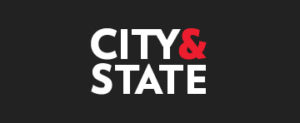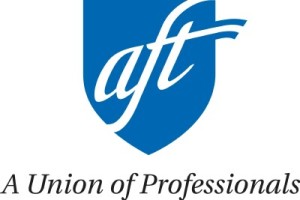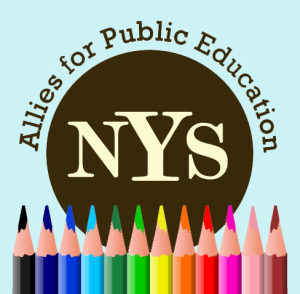For rejecting high stakes testing, New York’s grade is D: We gave high grades to states that reject high stakes tests because of their unreliable and invalid nature and their negative impact on learning. More specifically, a state received a higher grade if it did not use standardized exams to determine student promotion or graduation from high school, and refrained from including student test scores in educator evaluation systems.
For supporting teacher professionalism, New York’s grade is B: States with a commitment to teaching as a profession received higher grades, based on the following factors: average teacher experience level and salaries, refusal to adopt merit pay, proportion of teachers prepared in university programs, demanding teacher certification requirements, low attrition rates, percentage of teachers with tenure, and the rate at which teachers are committed to remain in the profession.
For resisting privatization, New York’s grade is D: Charters and vouchers take the governance of schools out of the public’s hands and lead to worse inequities within the educational system as a whole. We gave low grades to states that offer vouchers, education tax credits or Educational Savings Accounts that can be used for private school tuition, fund charter schools without proper oversight, provide them with facilities for free or subsidized rates, or have “parent trigger” laws that allow public schools to be more easily privatized. We also lowered a state’s grade if they encourage inter- or intra-district transfers, which weakens community support for local schools and has a segregating effect.
For education spending, New York’s grade is B: States must adequately and fairly fund their public schools so that all students have optimal educational opportunities. We gave high grades to states based on three factors: per-pupil expenditures adjusted for student poverty, regional wage variation, and school district size and density; spending on public schools in relation to the state’s overall ability to pay based on gross state product, and how much the state funds high poverty districts compared to low-poverty districts.
For investing those resources wisely, New York’s grade is C: We gave high grades to states that invest in evidence-based reforms including prekindergarten, full-day Kindergarten, and smaller and equitable class sizes across the state; as well states that have few virtual or online schools, which have a high rate of failure.
For giving children a chance for success, New York’s grade is D: There are many factors influenced by state policies that affect the likelihood of a student’s success in school other than those listed above. These include the proportion of students whose families are not low-income, students who live in households with at least one parent fully employed and above the poverty line, and the extent to which the state’s public schools are integrated by race and ethnicity. We gave states grades based upon these three factors.
New York’s overall grade is D.
The Network for Public Education is an advocacy group whose goal is to fight to protect, preserve and strengthen our public school system, an essential institution in a democratic society.
Our mission is to protect, preserve, promote, and strengthen public schools and the education of current and future generations of students. We will accomplish this by networking groups and organizations focused on similar goals in states and districts throughout the nation, and share information about what works and what doesn’t work in public education.
You can read about our founders here.









Comments are closed.